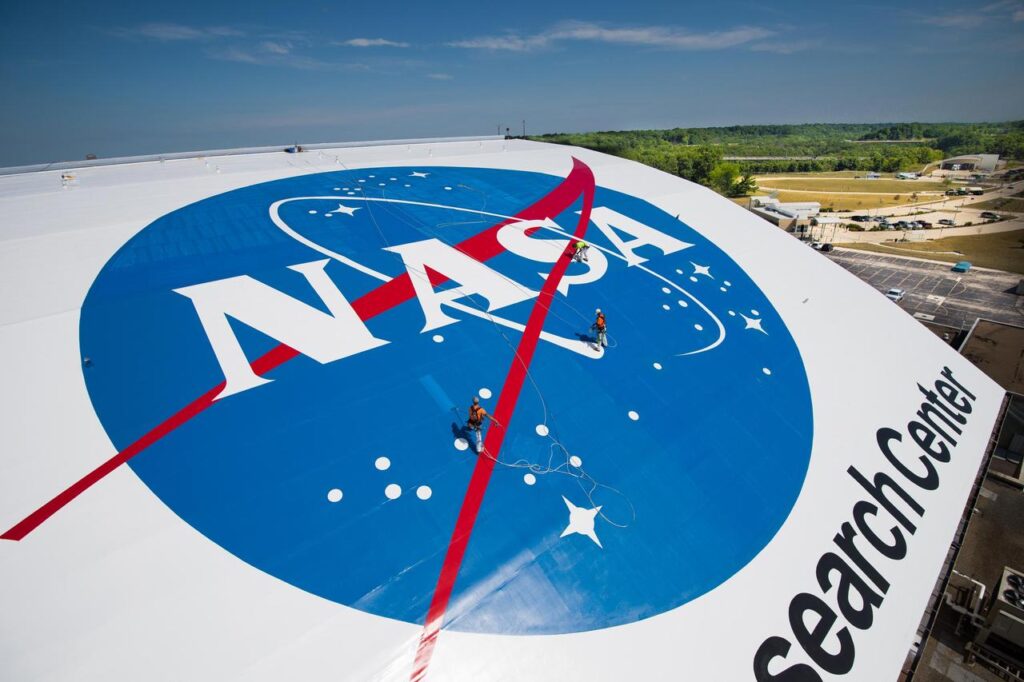
The National Aeronautics and Space Administration, better known as NASA, is tasking a study team beginning early this fall with examining unidentified aerial phenomena (UAP) — observations of events in the sky that cannot be identified as aircraft or known natural phenomena — from a scientific perspective.
The study will focus on identifying what data is available, how best to collect future data, and how NASA can use that data to advance scientific understanding of UAP.
The n
